Growing houseplants comes with certain challenges.
Some houseplants grow best in full shade, some others need a lot of direct sunlight, while yet others only thrive in high humidity levels.
Each and every houseplant poses different problems & challenges.
However, it needs to be said that some houseplants are far more difficult to grow than others.
For instance, while ZZ plants are almost impossible to kill, many ferns are considered to be very fussy houseplants that many houseplant enthusiasts can’t even manage to keep alive.
One very important factor whenever houseplant care is in question is the right choice of soil.
While most houseplants grow particularly well in neutral to slightly alkaline soil, others thrive under acidic soil conditions.
In this article, we will focus on the latter: Acid-loving houseplants.
Table of Contents
What is acidic soil?
Soil that has a pH value of less than 6.5 is generally considered as acidic. Soils comprised of peat moss or bark (tree by-products) are typically very acidic.
Houseplants that prefer acidic soil conditions
Now that we know what acidic soil actually means, let us have a look at houseplants that grow particularly well under acidic soil conditions.
While some of these plants might survive (and even thrive) in less than ideal soil conditions, others are heavily dependent on the right choice of soil (ideal pH levels).
Generally speaking, the closer you will get to the ideal pH levels, the better for the well-being and overall health of your plant.
Abutilons

Abutilon, also known as flowering maple, are beautiful flowering plants that are not all that difficult to grow. They thrive in average room temperatures, welcome bright, indirect sunlight, and are easily propagated through stem tip cuttings.
The one thing you do need to be careful with when growing Abutilon indoors is the right choice of soil.
Abutilons grow best in a peaty soil mix, which basically means that Abutilons grow best under slightly acidic soil conditions.
Ideal soil pH range: 6.2 to 7.0
Azaleas

Azaleas are actually not all that difficult to grow. But one thing that is certainly very important when growing azaleas is that you keep them in well-drained, acidic soil.
If you keep your Azaleas in neutral soil (or even worse in alkaline soil), your beautiful flowering shrubs are not likely to survive as they won’t be able to get enough iron from the soil.
So, what soil pH should you be aiming for when growing Azaleas?
The soil pH meter goes from 0 up to 14. A pH of 7 is considered neutral.
Soils below a pH of 6.5 are considered acidic, while soils with a pH lower than 5.5 are considered strongly acidic.
Now, azaleas like it very acidic and when growing them you should aim for a soil pH between 4.5 to 6.0.
And please don’t forget, if you should notice that the soil pH of your soil is too high, you can use sphagnum peat moss to acidify the soil pH.
African violets
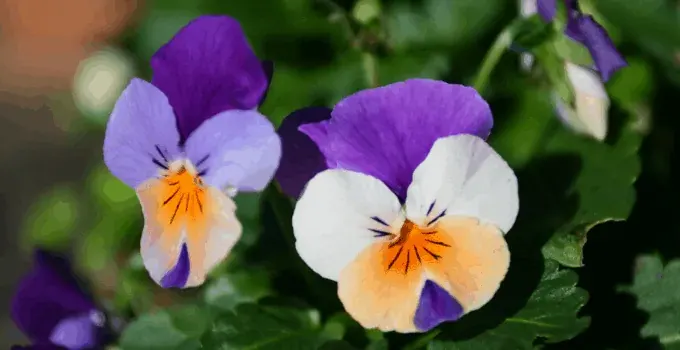
A word of caution before we continue: African violets are actually very challenging plants. And they even make our list of Hardest Houseplants To Grow.
One of the more challenging aspects of African violet care is the proper choice of soil and soil pH in general.
While African violets don’t like it overly acidic, they still prefer soil that is at least slightly acidic.
To make your African violets happy, you should try to stay in the range of a soil pH between 6.0 to 6.8.
Blueberry plants
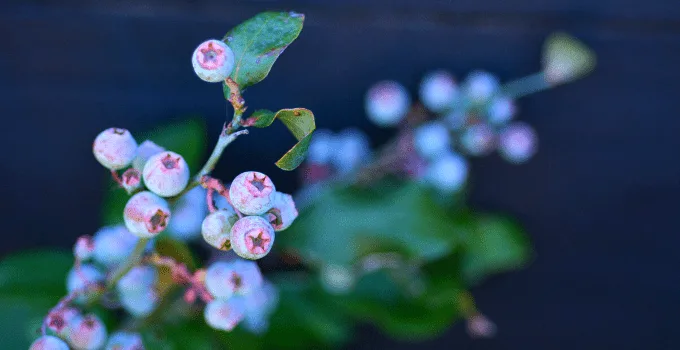
While blueberry plants are certainly not often grown as houseplants, it is indeed possible to grow blueberry bushes at home.
Although challenging, cultivating blueberry plants at home can turn into a success, provided that your plant gets enough direct sunlight (about 6 hours of direct sunlight a day is a must) and is planted into the right soil.
And blueberries like it very acidic.
A regular potting mix for houseplants will certainly not do the trick for your blueberry plant, as the soil pH of these mixes is way too high for blueberries.
You should aim for a soil pH between 4 and 5.
If you end up with a soil pH that is too high, you could always bring that down a bit by using an acidic fertilizer.
Another great way to bring the soil pH down is to add sphagnum peat moss to the soil or maybe some pine bark.
Gardenias
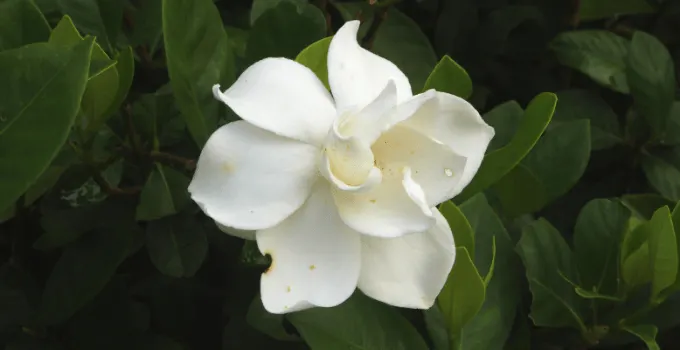
Gardenia is yet another popular houseplant that welcomes acidic soil conditions. Good drainage is equally important for Gardenias.
Also, Gardenias like high levels of humidity.
With their fragrant blooms and their natural need for humidity, Gardenias make for great bathroom plants. However, if kept in the bathroom, you would need to make sure that they receive enough sunlight.
A couple of hours of direct sunlight through a sunny window (in the bathroom) should do the trick.
For best results, make sure that the soil PH stays in the range of 5.0 to 6.5 (acidic to slightly acidic).
Ferns
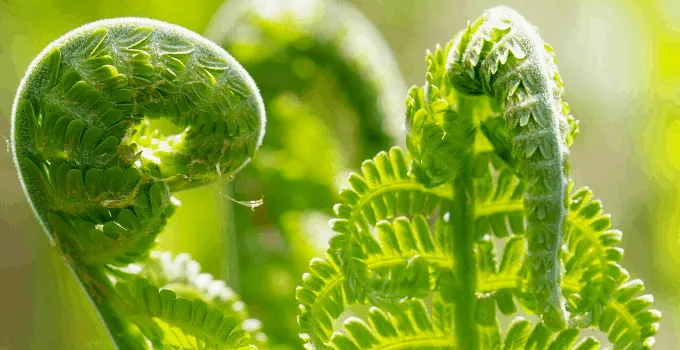
There are obviously many ferns out there and many of them are popularly grown as houseplants: Boston fern, Maidenhair fern, Kangaroo Paw fern to just name a few.
Now, while most ferns tolerate a pretty wide range of soil pH, what most ferns have in common is that they prefer acidic soil (one exception to this rule is the Maidenhair fern which grows best in neutral to alkaline soil, with an ideal soil pH between 7 and 8).
While some ferns do best in acidic soils, others unfold their true potential in slightly acidic soil.
So, let us have a look at a couple of ferns, and let’s determine the ideal soil pH for each of these.
Also, keep in mind that if you using a packaged houseplant potting soil mix, chances are that the soil pH is going to be too high for your fern.
To bring that pH value down, it is usually a good idea to go half and half with your potting soil mix and pulverized peat moss when putting the soil for your fern together.
Boston fern
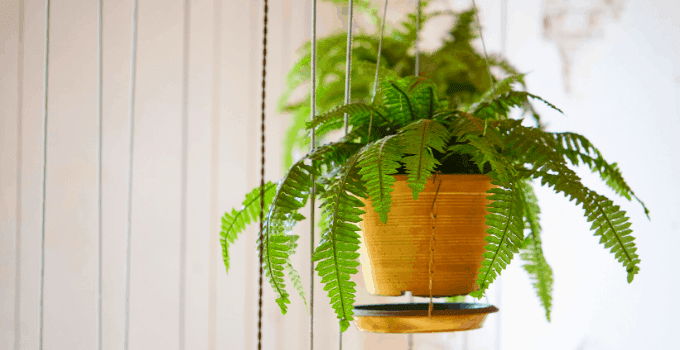
The Boston fern (Nephrolepsis exaltata) is a very popular houseplant. This evergreen perennial is native to tropical regions throughout the world and is appreciated by houseplant enthusiasts from all around the globe.
However, tt needs to be said that ferns are not exactly the best houseplants for beginners. Most ferns, such as the Boston fern, are pretty fussy and if the right care is not provided, they might die on you.
The Boston fern is deemed to be particularly hard-to-grow and it, therefore, even makes our list of hardest houseplants to grow.
The Boston fern is best grown in low-ph-soil ranging from 4.8 to 5.5.
Kangaroo Paw fern
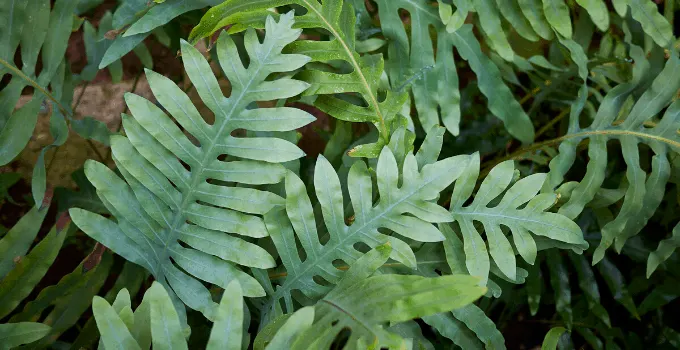
The Kangaroo Paw fern is considered to be a good fern for beginners.
That said, if you don’t (yet) consider yourself to be a seasoned houseplant grower, the Kangaroo Paw fern might be just the ideal green companion for you.
The ideal soil pH range for Kangaroo Paw ferns is 5.5 to 6.0.
How to measure the soil pH of your acid-loving houseplants

Ok, now that you know which plants actually do enjoy acidic soil, you should know how to actually verify if the soil mix that you are providing your acid-loving plants indeed is acidic (enough).
So, how can you measure that?
First of all, if you are using a standard potting mix for your houseplants (one that you bought in the store) and didn’t add any other ingredients, you can simply check the packaging of your potting mix to find out what soil pH your soil is supposed to have.
If you can’t find this info on the packaging, or if you have enriched/mixed your potting soil with other ingredients, to determine the soil pH, you will need to make use of a soil pH meter.
Last but not least, you could also use a soil test kit to assess your potting soil (to assess both primary nutrients and soil pH levels).
Both soil pH meters and soil test kits are very easy to use and you can easily purchase them on the internet. A simple Google search will do.
How to increase acidity for acid-loving houseplant
If you would like to increase the acidity of your (potting) soil, there are a couple of ways to achieve just that.
For instance, peat moss has an acidic pH.
So, to increase the acidity of your potting soil, you could simply add some peat moss to increase the acidity of the soil pH.
Another way to increase the acidity is to add sulphur to your soil mix (made from ground sulphuric rock).
On the other hand, if you notice that your soil mix is indeed too acidic, you could add lime (lime groundstone) to make the soil less acidic.
Also, using a specific kind of fertilizer can make your soil either more acidic or more alkaline. The most important nutrient in fertilizers in terms of soil pH would be nitrogen.
Acid-loving houseplants: FAQ
What is the opposite of acidic soil?
The opposite of acidic soil is alkaline soil. Generally speaking, soil that has a pH level over 7 is considered alkaline.
How to assess the soil pH of your potting soil?
To assess the soil pH of your potting soil, you can do one of three things: First of all, if you are simply using a regular potting soil mix (without any additions), you can check the packaging of your potting soil to find out about the pH level of the soil. Secondly, you can use a soil pH meter to determine the pH level of the soil. These soil pH meters are cheap and can easily be purchased on the internet. Thirdly, you could go with a soil test kit rather than buying a soil pH meter. These test kits can also be found online.
How can you reduce the soil pH to make the soil of your houseplants more acidic?
There are a couple of ways to achieve that. The easiest way to reduce the soil pH would be to add some sphagnum peat moss to the soil, as sphagnum peat moss generally has a very low pH value of about 3.5 to 4.5. Another way to acidify your soil is to use an ammonium-based (liquid) fertilizer.

Daniel has been a plant enthusiast for over 20 years. He owns hundreds of houseplants and prepares for the chili growing seasons yearly with great anticipation. His favorite plants are plant species in the Araceae family, such as Monstera, Philodendron, and Anthurium. He also loves gardening and is growing hot peppers, tomatoes, and many more vegetables.


